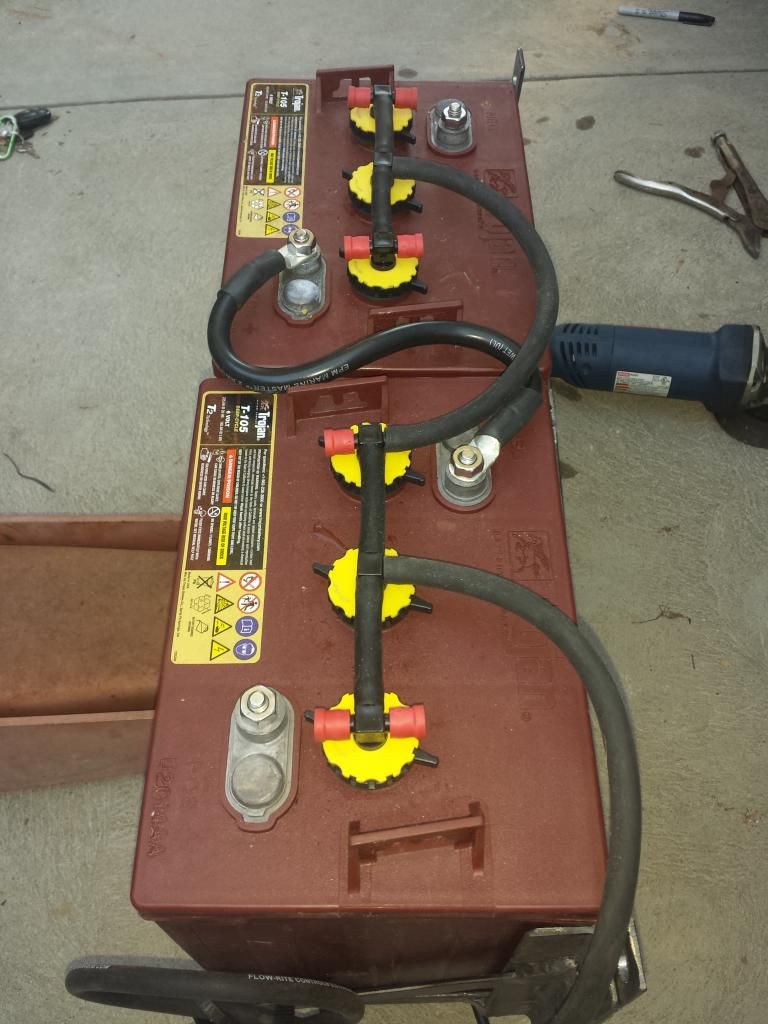Mobilesport
Well-known member
- Joined
- Nov 25, 2015
- Messages
- 998
- Reaction score
- 0
When I'm charging my batteries with a battery charger and my amps start to taper , does that give me a indicator of what % of state of charge my batteries are at?
For example would 50 amps mean 40% charged
45 amps mean 55% charged
40
35
30 amps 75 % charged
25
20 amps 85 % charged
15
10
5 amps 95% charged
0 amps fully charged
If so is there a chart I could download ?
could of swere I saw something like that
For example would 50 amps mean 40% charged
45 amps mean 55% charged
40
35
30 amps 75 % charged
25
20 amps 85 % charged
15
10
5 amps 95% charged
0 amps fully charged
If so is there a chart I could download ?
could of swere I saw something like that










































































